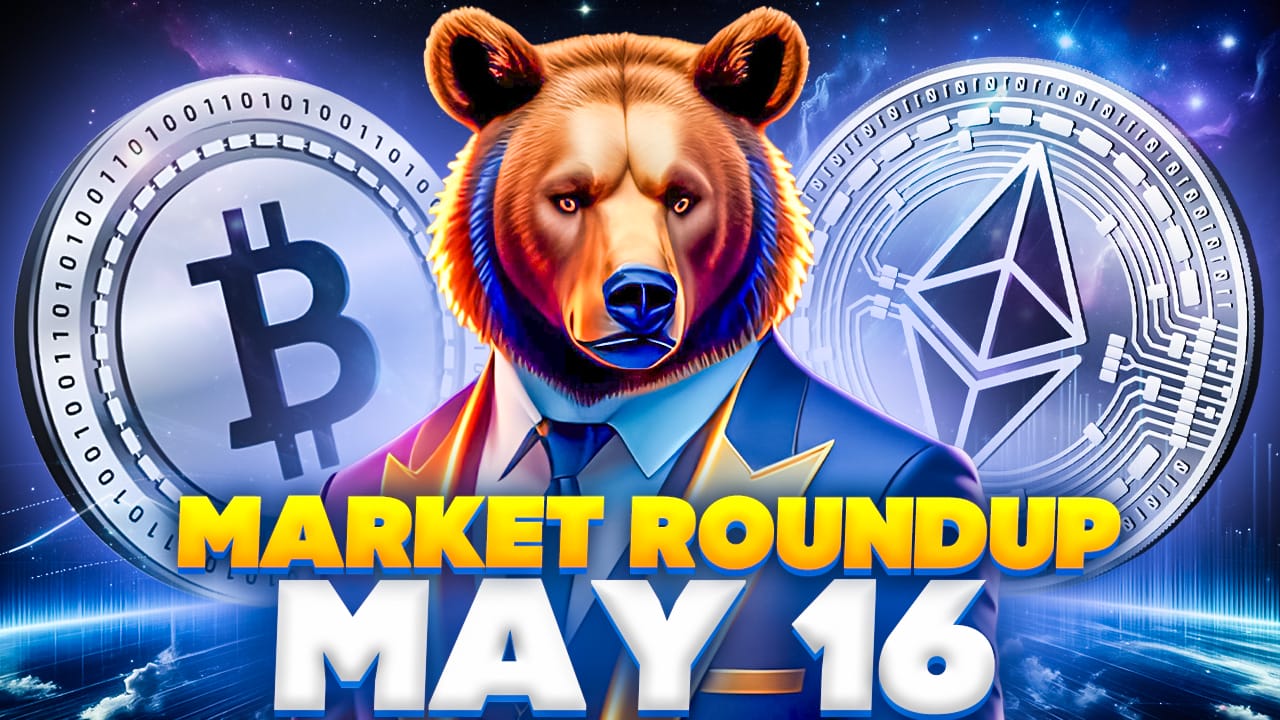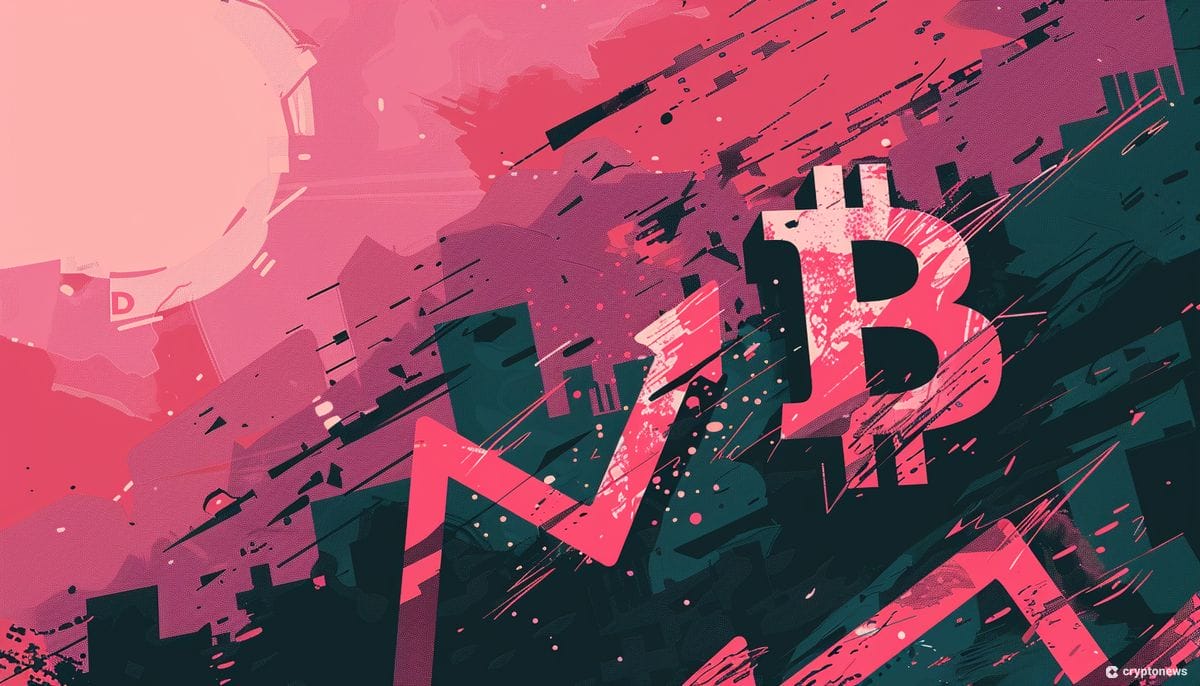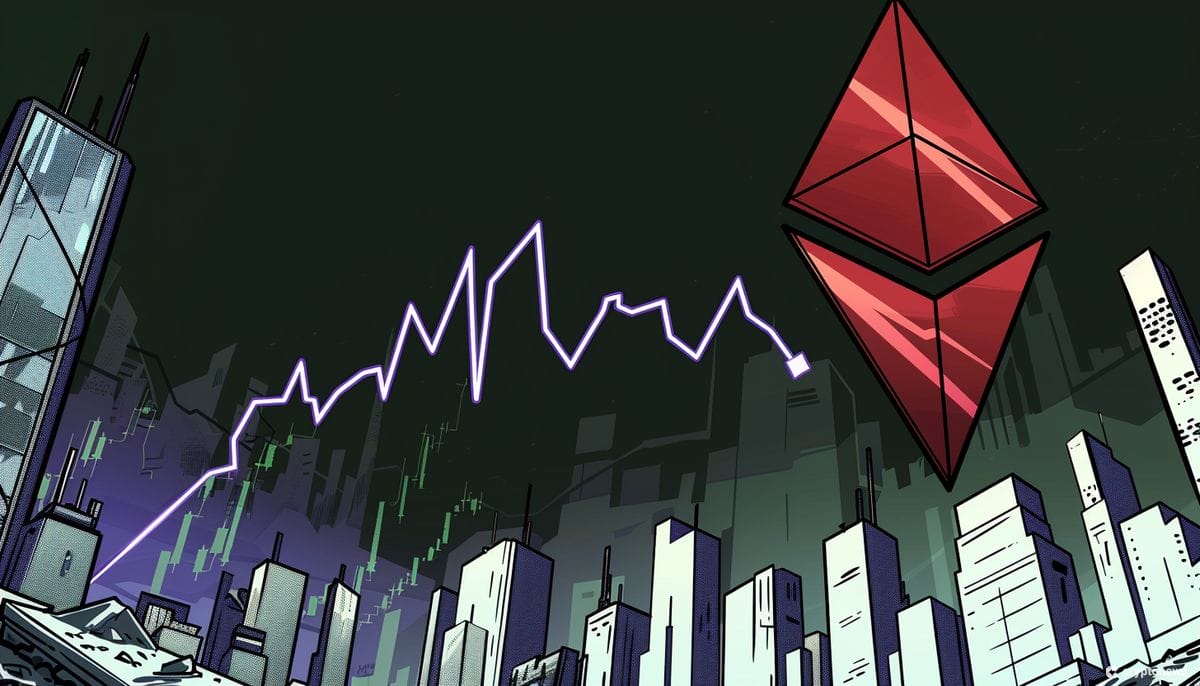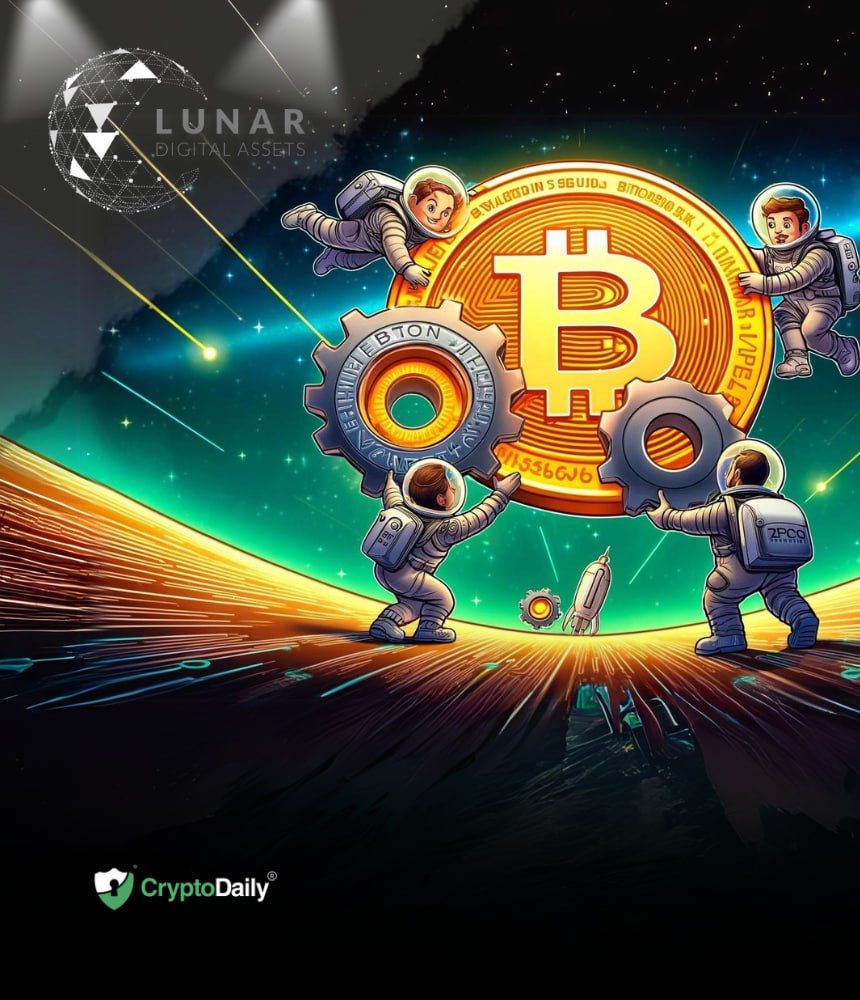The TOKEN2049 conference in Dubai saw numerous builders, traders, investors, and curious TradFi folks in attendance.
What’s more, many renowned and wealthy locals were there, eager to learn about and invest in crypto.
Cryptonews was there for the second day as well, talking to industry insiders about decentralized AI, DePIN, RWAs, and incoming regulations.
The attendees discussed the crypto market branching off into two streams, as well as tokenizing trade, uniting Layer 2s, resolving network congestion, and much more. There were also plenty of impressive shows happening all around the event. Like this fire show for example:
 An impressive performance during TOKEN2049. Source: Cryptonews
An impressive performance during TOKEN2049. Source: CryptonewsDuring the second day of TOKEN2049, Cryptonews Podcast host Matt Zahab talked to:
- Alizee Carli, Director of Ecosystem, Casper Association
- Jesper Johansen, Founder and CEO, Northstake
- Scott Lawin, Co-founder CEO, Candy Digital
- Yuri Yurchenko, Chief Product Officer, Neon EVM
- John Lilic, Executive Director, Telos Foundation
- Sam MacPherson, Co-founder, CEO Phoenix Labs
- Karel Kubat, Founder, Union
- Alex Goh, Founder and Chairman, EMC Foundation
- Thomas Messerer, CEO, Silencio Network
- Veronica Wong, Co-founder and CEO, SafePal.
You can find each interview on the links above to watch, and you can read what these industry insiders exclusively told Matt below.
Casper-IBM Governance Tool MVP Coming Soon
Alizee Carli, Director of Ecosystem at Casper Association, the team behind the Casper blockchain, remarked that all interactions will AI will have to be fully auditable by 2025 to comply with the incoming EU regulations.
Blockchain is an excellent solution for that.
Therefore, Casper Labs and IBM are working together on a governance tool, and the MVP will be launched in the third quarter of this year.
Meanwhile, the Association’s ” big focus ” is real-world asset tokenization (RWAs).
They want to expand tokenization, particularly with cash, cash equivalents, and other financial products.
The team has spent the last 18 months bringing RWA tokenization protocols on Casper, including a native stablecoin launching in May.
Crypto Market Cap ‘Splitting in Two’
Speaking of RWAs, some are also turning to tokenizing staking.
This is a way to tokenize validator node infrastructure, said Jesper Johansen, CEO of regulated custodial staking provider Northstake, which pioneered this method.
This means that it can be traded in the secondary market.
A key point here is that this is not a derivative, which is especially relevant from a regulatory perspective, Johansen said.
This is a way for the company to increase capital efficiency in regulated funds such as ETFs.
He said that, in connection with that, the crypto market cap is splitting into two currents now: the permisionless, decentralized crypto on the one hand and the regulated crypto on the other.
Northstake has recently launched a pilot with 3iQ, CoinFund, and CoinDesk Indice, while the mainnet is expected later this year.
Tokenizing Trade at TOKEN2049
Commenting on the DeFi developments and expectations, Sam MacPherson, CEO of research and development shop Phoenix Labs, noted that one of the biggest recent events has been the launch of Ethena.
Furthermore, Maker is “LPing into Ethena at a large scale.”
This has resulted in a tokenized cash-and-carry trade, which is a significant new development in the RWA space.
Banking Crypto
Veronica Wong, Co-Founder of SafePal, a non-custodial wallet serving more than 12 million users, said that the company is in the process of making new partnerships, as well as focusing more on the Asia-Pacific market.
SafePal recently launched a completely compliant, smooth, crypto-friendly on- and off-ramp in cooperation with Swiss bank Fiat24.
This allows users to open a Swiss bank account within 10 minutes and top up using crypto or fiat, paired with a Visa card to allow spending and transfer.
This has solved “a lot of pain points” for users, Wong said.
‘No’ to Network Congestions
According to Yuri Yurchenko, Chief Product Officer at Neon EVM, the only EVM on Solana, applications can benefit from this team’s product in various ways.
A major one is parallel execution, solving the issue of congestion for applications.
The users benefit the same way, Yurchenko said. No matter what they do, be it trading on DEXes or interacting with games, they will not be disturbed by network congestion.
Entering Web3 Through Games, NFTs, and Digital Engagement at TOKEN2049
Scott Lawin, CEO of Web3 fan engagement platform Candy Digital, told us that the team is entering the gaming space and will launch a mobile game globally this summer.
The big focus there is not just on NFTs as collectibles or speculative assets but on their utility and ability to be used in different ways.
Just recently, the team announced the partnership with the game-developing giant Kakao Games.
Furthermore, Candy uses ticketing and NFTs to onboard people to Web3. The company’s aim has been to make this process easy.
Additionally, through sports partnerships, Candy has enabled fans to get rewarded for these digital engagements. This brings people into Web3 and builds a loyalty program at the same time, Lawim said.
Moving from Frankenstein ZK
John Lilic, Executive Director at Telos Foundation, said that Telos initiated the development of a hardware-accelerated zkEVM Layer 2 (L2) network in collaboration with Ponos Technology.
“A lot of the ZK stuff right now is kind of slow. It’s a little bit of a patchwork of Frankenstein components. [There are many] compromises because it’s very, very hard to make this stuff work.”
And because ZK is so difficult to have working efficiently, it’s key to think about both hardware and software sides from the start – it’s a more “holistic approach.”
Telos is focused on the hardware part because this “can help inform the way you build your software.”
That way, the hardware can accelerate the software.
Uniting the Layers
Karel Kubat, the founder of the modular interoperability layer Union, argued that we are entering an era of thousands of L2s.
These need to be connected, he said, but in a decentralized and trustless manner so that they can hyperscale.
This is what Union does.
Also, they’ve announced a partnership with Polygon, joining hands to keep UX coherent by unifying and aggregating all of these different layers together.
Decentralized AI at TOKEN2049
Alex Goh, the founder of the EMC Foundation, said that this team’s goal is to integrate AI with Web3 technology.
Among other things, the team is working on decentralized AI, RWA, and GPU-based DePin (decentralized physical infrastructure network).
One of the foundation’s visions is that everyone should be able to participate in building AI—it shouldn’t be run by a single entity.
“We’re envisioning an open-source, large model [that] can be run in a decentralized fashion followed by a set of GPUs” that are distributed and run by GPU-as-a-service provider, “and they all come together to power the application of decentralized AI.”
DePIN Excels at Creating Value
Thomas Messerer, CEO of Silencio Network, is envisioning a future where a billion people will be using their product in a way they’re using weather apps, for example.
The reason the team chose the DePIN route to accomplish their goal is because it “excels at creating value.”
Compared to Web2 counterparts, said Messerer, Silencio is providing more value and growing “20x faster.”
Additionally, the DePIN model creates communities that accompany this vision, enabling the team to crowdsource data – “mapping out a size of Paris on a daily basis.”
Notably, the app has about a 75% retention rate on a monthly basis.
The post TOKEN2049 Day 2 Recap: Branching Crypto Cap, Uniting L2s, Tokenizing Staking and More appeared first on Cryptonews.

 2 weeks ago
13
2 weeks ago
13









 English (US) ·
English (US) ·